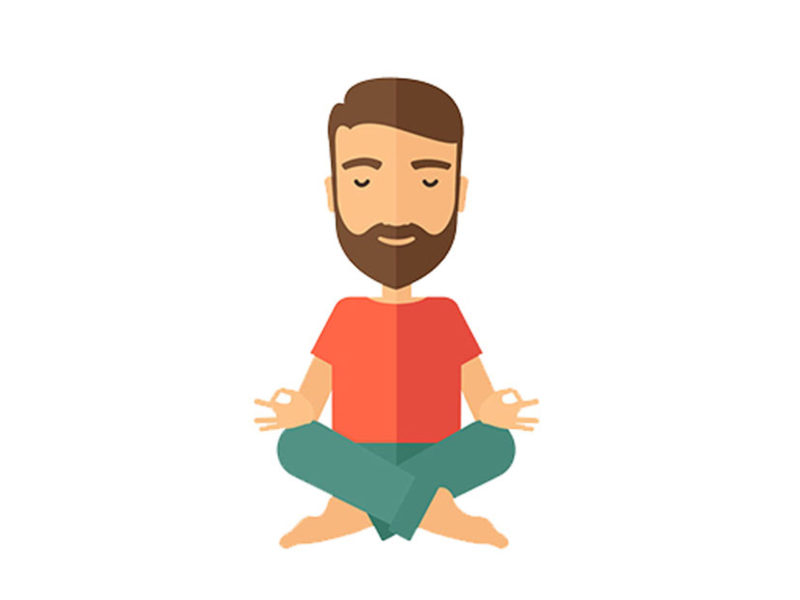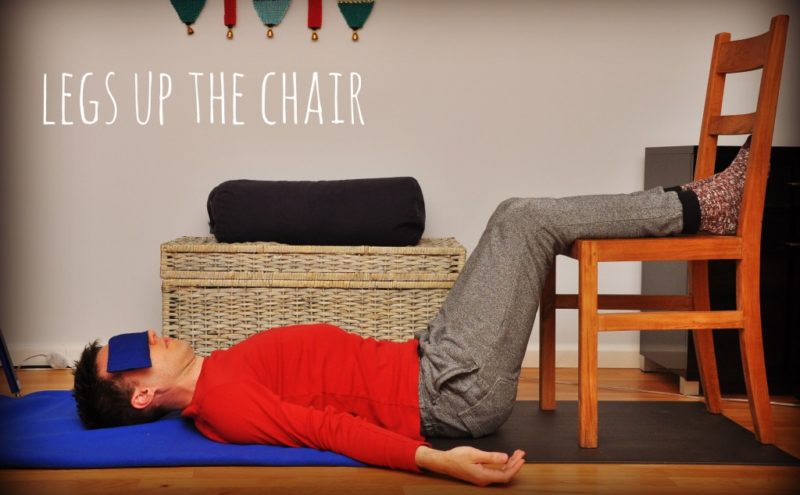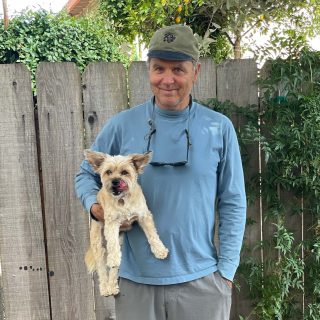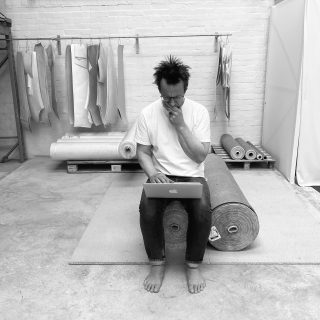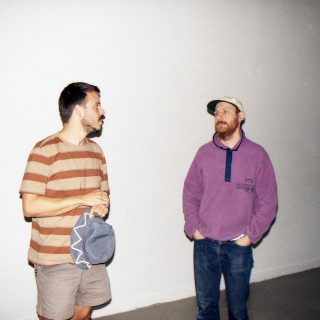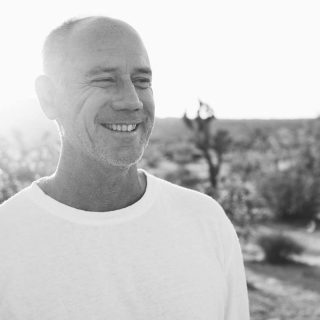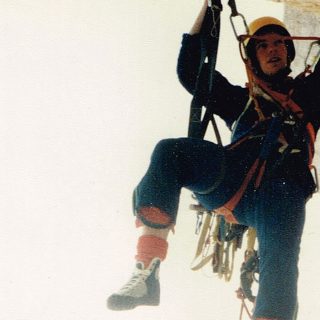These Yoga Poses Help Combat Work Stress
Yoga teacher, Adam Hocke shares his coping mechanisms for dealing with stress and gives advice on simple tricks you can do to chill out when work gets too much
By Adam Hocke
We all choose different coping mechanisms for stress, some being more successful than others. In my university days, my choice used to be a midnight run from my Greenwich Village dorm down to an all-night pizza joint. I’ve given up this tactic, mostly due to the fact that it would lead to disturbing cheese-induced nightmares now that I know longer have the metabolism of an 18 year-old.
“Modern life stimulates the hell out of us into stress and anxiety”
People sometimes assume that as a yoga teacher I have no stress, or have somehow moved past it and into a utopia of coconut water and sunset handstands. But like every human managing a relationship with the world in which they live (and mine is thankfully free of war, plague, and disaster), I suffer stress and have to find ways of managing it. My choice, and what I teach, is the practice of yoga postures and flow.
Subscribe to our newsletter
Why choose Yoga?
Although humanity has made great strides in the past few thousand years, our nervous systems remain remarkably stuck in the past. A stern email from your boss can give you the same physiological response that our ancestors had when running from a bloodthirsty beast. To boil it down, our nervous systems are either in a state of fight or flight (the bad commute/blood thirsty beast scenario) or rest and digest (coconut water by sunset).
Modern life stimulates the hell out of us into stress and anxiety. Without subsequent rest, our mental function, sleep, digestion, and immune systems, among many other elements, suffer negative effects. We often stay locked in this response, replaying it over and over in our mind and in our bodies. Clearly, we need to adopt positive techniques of stress management – meaning not addictions that avert our attention like substance abuse, Netflix abuse, or pastry abuse.
Yoga practice, through a varied combination of movement, stretch, and breath-work, can train you and your nervous system to breathe through stress and let go into relaxation.
What to practice?
If you can’t make it to class, here’s a simple home practice designed to reduce the effects of stress.
Full stop child’s pose
First, let everything stop! Start kneeling with feet together and knees a little bit separated. Roll the belly down over a bolster or a stack of blankets or pillows. Stay at least one minute and up to ten minutes, turning the head halfway through. This pose will turn the senses more inward and allow you to breathe and regroup.
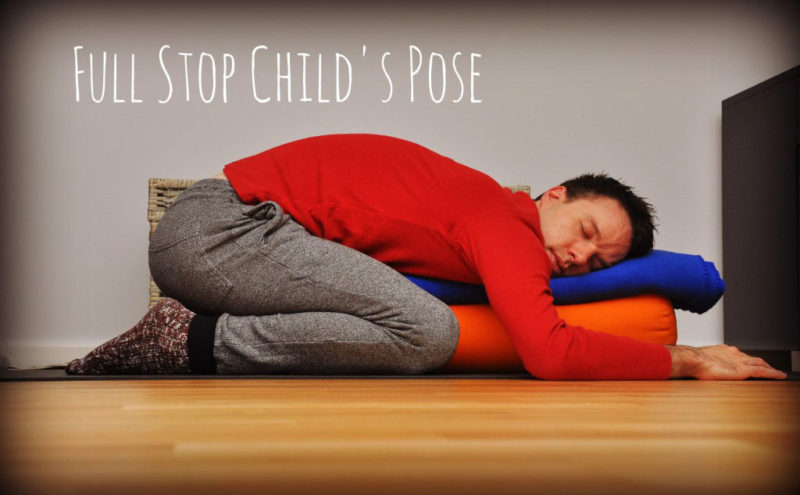
Half sun-salutation
Sometimes, you need to move a bit. The combination of breath and rhythmic movement acts to lull the nervous system into a calmer state and trains you to breathe when things get tough.
Legs up the chair
Finally, just lie down and bring the back of your calves onto the seat of a chair or sofa. Make sure thighs are on about a 45 degree angle coming into the hips. Close or cover your eyes. Stay as long as feels good. This mild inversion changes the flow of energy in the body and gives your mind a new perspective.
My yoga class isn’t filled with those who have achieved enlightenment and are magically now above responding to the indignities of unavoidable hand to bum contact in rush hour trains or maniacal rages when self-check out proclaims “unexpected item in baggage area.” My yoga class is filled with people like me who have human lives with stresses both petty and profound. With kindness to our selves and others, we use yoga to live life a little bit freer from the physical and emotional effects of this stress. Yogis have practiced this for thousands of years, modern science is starting to prove its effects, and you can experiment and feel for yourself.
Adam Hocke has been practicing vinyasa flow yoga since 1999 and has trained extensively with Jason Crandell. He offers precise, strong, and accessible classes to physically awaken the body and develop mindfulness both on and off the mat. His teaching is down-to-earth and direct, exploring traditional practices from a modern perspective. A native of South Florida, Adam spent ten years in New York City before becoming a Londoner. He teaches studio classes, workshops and courses throughout London, and retreats across the globe. As a writer, Adam contributes regularly to magazines and web publications on yoga.
